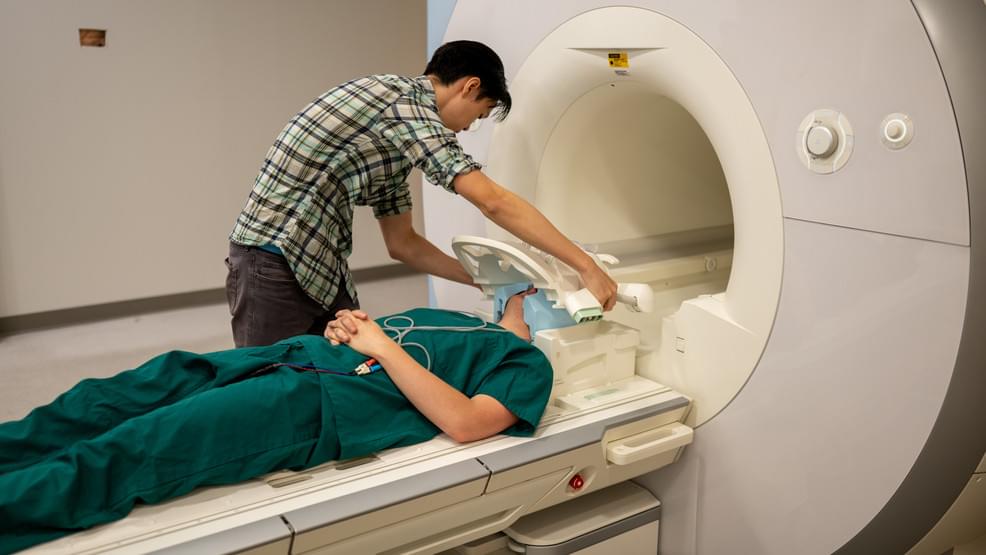Given the rise of chat gpt and its volumes of knowledge bases there is a new chat bot that is aiding mental health care and therapy 😀
When it comes to mental health, the main focus is on the patient and how to provide the best care possible. But with the rising demand for mental health services, it’s increasingly difficult for clinicians to address the individual needs of their patients and meet the growing demand for mental health services. This is where ChAT-GPT, or Conversational Artificial intelligence-based Therapy for Generalized Psychological Treatment, comes in.
Chat-GPT is an AI-based therapy that uses natural language processing (NLP) and conversational AI to help therapists provide more personalized and effective mental health care and therapy. This new technology allows mental health professionals to provide real-time and personalized care to their patients in a way that is tailored to their needs and preferences. In this article, we will discuss the key features of Chat-GPT and how it is helping improve mental health care and therapy.
Chat-GPT is a type of AI-based therapy developed by researchers at Albert Einstein College of Medicine. It is a conversational AI-based therapy designed to help clinicians diagnose mental health issues. Chat-GPT uses natural language processing (NLP) to understand the patient’s conversations and provide personalized care and therapy.






